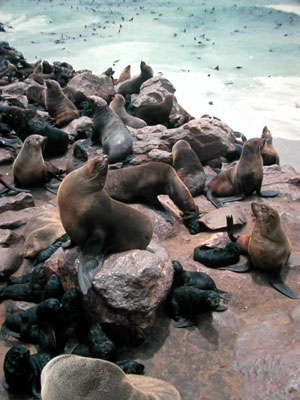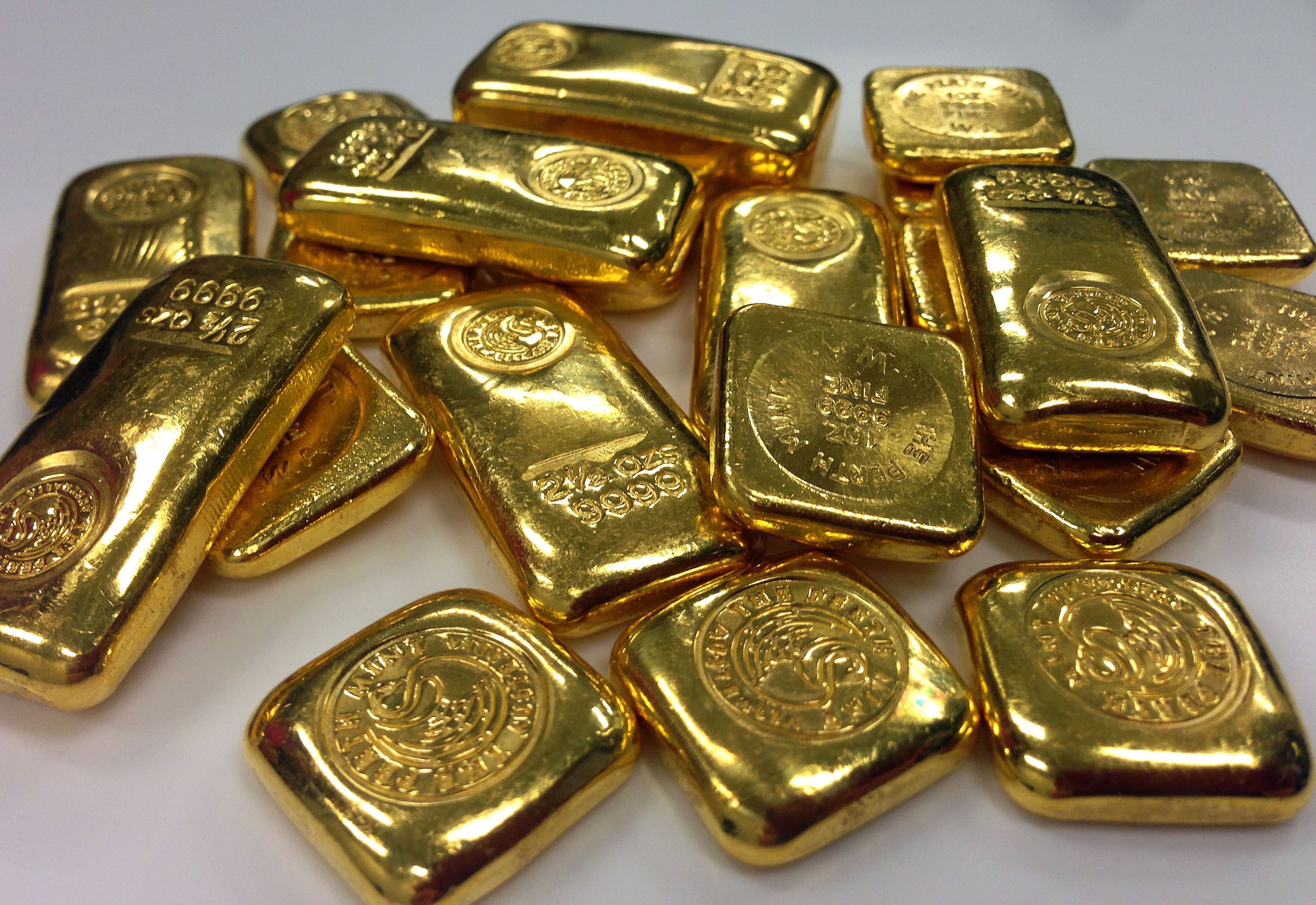Why Did Russia Sell Alaska?
We all know Alaska as one of the more far-flung US states, and you likely know it was once owned by Russia! But why did Russia sell Alaska?
Well, let’s find out!
More on Cool Kid Facts: Alaska State History & State Facts.
Russian Colonies in Alaska
In 1725, Tsar Peter the Great commissioned explorer Vitus Bering to explore the coast of Alaska because there was great interest by Russian merchants in the ivory of walrus tusks and fur hides of sea otters and seals.
However, few Russians had any interest in settling this new territory.
The one colony under Alexander Baranov thrived until the Crimean War began. Although the fur trade was prosperous for the Russians, the living conditions were extremely harsh.
When the Crimean War began in 1853, supplies to the Russian colony were blocked by Turkey, France and Britain.
Russia loses interest in Alaska
After the Russians lost the war to Great Britain, the Russian Empire was strapped for money and lost interest in expanding or setting up a military presence to defend the territory.
Another reason that Russia chose to sell the area to the United States was to hinder Great Britain’s efforts to expand their control of foreign lands.
Russia saw Great Britain as their greatest rival and knew that defending the Alaska area from take-over would be near impossible.

Tsar Alexander II approached Great Britain and the United States and proposed the sale of Alaskan territory. Great Britain declined, so the offer was made to the U.S.
When Russia was contemplating selling Alaska to the U.S., the main resource was furs.
The supply of otters and seals had been seriously depleted and gold had not yet been discovered. Dwindling resources and no supplies coming into the colony made staying there a suicide mission.
Russia sells Alaska
In 1859, Russia offered the area to the United States for a price of $7.2 million, a cost of 2 cents per acre. However, the sale was held up by the U.S. Civil War, which lasted from 1861 to 1865.
Then, in 1867, the U.S. Secretary of State, Willian Seward had conversations with the Russian Minister in Washington.
The U.S. formally accepted the Russian offer and a treaty of purchase was signed by President Andrew Jackson. The sale was completed on October 18, 1867. This purchase gave almost 600,000 square miles of new land to the U.S.
Seward’s Folly
Many U.S. citizens saw the purchase of Alaska as a huge mistake and a waste of money. They called the purchase Seward’s Folly or Seward’s Ice Box.
However, fifty years later, the U. S. had recouped the cost of the land purchase 100 times over.
Gold is Discovered!
Many Americans believed Alaska was a land of riches and migration into the territory began. A new town was established in Sitka.

When they realized extensive funds were needed to mine for anything in Alaska, many returned to the U.S. or travelled to the Yukon, where news had spread of a major gold strike in Klondike.
The Klondike Gold Rush began in 1896 when gold was discovered in the Yukon.

In 1880, gold was discovered in the Alaskan area now known as Juneau and an entire town was built that year.
In 1898, gold was discovered in Porcupine Creek, Alaska. In just three years, it is estimated that 100,000 people migrated to Alaska and the Yukon in search of gold.
Towns sprung up to accommodate the influx of migrants and prospectors. Some prospectors grew wealthy but the majority did not. Many died in abject poverty.
Many prospectors were killed for their claims or cheated out of them. It was almost impossible for the law to control the citizens and render justice.
It was the wild, wild west, and a very dangerous place to live.
Related: When is the best time to visit Alaska?







